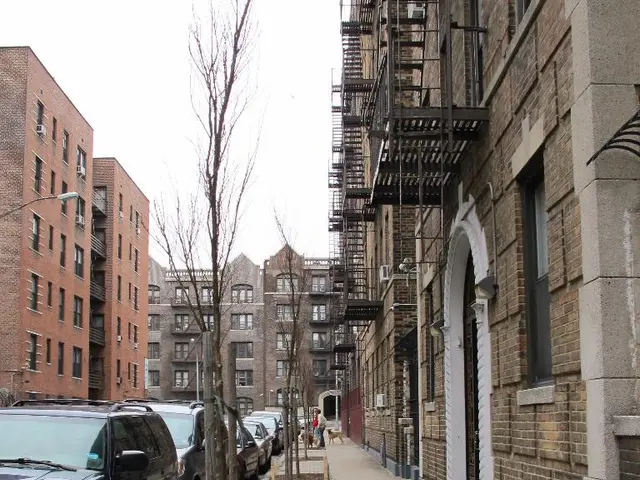Europe's Green Spaces Vanish: 9,000 km2 Lost in 5 Years
Europe is facing a significant loss of its green spaces, with a new study revealing alarming figures. Between 2018 and 2023, an area the size of Cyprus, approximately 9,000 km2, was transformed into roads, housing, tourist resorts, and industries. This conversion, driven by economic growth and tourism, is leading to the loss of nature and agricultural land at an unprecedented rate.
The 'Urban Atlas' project, supported by the European Environment Agency, uncovered these startling facts. Each day, Europe loses the equivalent of 600 football fields of nature and agricultural land to construction. Over the five-year period, Poland lost more than 1,000 km2, France 950, Germany 720, and the UK 604. The pressure to develop land is not just driven by basic needs but also by tourist and real estate luxuries.
In Germany, the expansion of Tesla's gigafactory near Berlin involved the felling of half a million trees. In Greece, a large wind farm is being developed in the Vermio mountains, an area legally defined as 'without roads'. In Portugal, the CostaTerra Golf and Ocean Club resort destroyed nearly 300 hectares of protected dunes to build a golf course. In Turkey, the Çaltılıdere wetland was buried under more than 1 km2 of concrete to build a luxury marina.
The transformation from green to grey is becoming Europe's most visible face, as it struggles to balance economic growth with ecological urgency. Europe loses 1,500 km2 of land per year, with 900 km2 being nature and 600 km2 being agricultural land. These losses highlight the pressing need for sustainable development and better land use planning across the continent.






